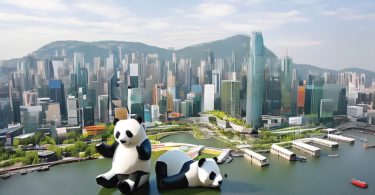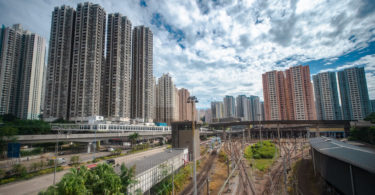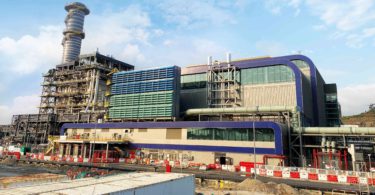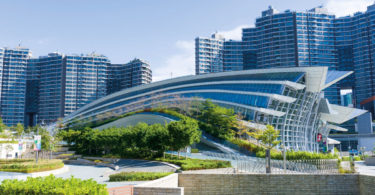As construction professionals, the pandemic has both compelled us to develop new ways of working—and as citizens—to adapt our urban lives to a more socially-distanced reality.
By employing a suite of analytical tools to explore how people actually use a city—in a manner that is cheap, highly scalable and insightful—there has never been a better time to generate a more data-driven understanding of the walkable city and human well-being. Once surfaced, the physical and virtual networks of human movement and exchange can be then woven into compelling stories that bond people to people—and people to place.
To conceive of and leverage the power of evidence-based design to meet the needs of our changing times, means empowering architects, planners and urbanists. Urban analytics can shed light not only what a place is, but also what it means to people.

Crafting a toolkit for spotting emerging urban patterns—generating actionable location intelligence
NEW THINKING, REINSTATING THE CITY
Cities are our ever-evolving human-habitat. By 2050, 70 per cent of the world’s population will live in urban areas. That’s 2.5 billion more people living in cities within 30 years. Nearly 90 per cent of this growth will take place in Asia and Africa, while China alone will be home to nearly one billion urban residents by 2030.[1]
The vital role of urban space is to both spark and foster the creative power of the collective. The city is no less than the crucible of human creativity that our shared urban future relies on. Whilst the sheer increasing scale of the urban populace presents a challenge, mapping the populous also presents a potential solution. With insights fed in, the wise use of the public realm can drive successful developments through the strategies to create walkable, human-scale places with an enhanced sense of vibrancy and community.
Conditions must be right for cultivating change. Air pollution is now believed to kill more people than smoking.[2] Across Europe it’s estimated to cause the premature deaths of 800,000 people a year.
Private cars sit parked 95 per cent of the time. In fact, a single car usually occupies at least two parking spots: one at home, another at work.[3] The prominent car-oriented model has resulted in structural and therefore persistent change to the fabric of the city. Indeed, codified, this impoverished, disjointed development model advocated by an investment real estate orthodoxy of segregated profit centres is fueling rapid, ill-considered and unhealthy growth in Asian cities. Particularly for those affected, it is imperative this generationally outmoded mindset is retired by formulating and rallying around the new, more complete, accessible and humane urban development models.
The fine scale of the urban block is vital for walkability. Street life must not be treated as an impediment to traffic. The key endeavour of planning in the metropolitan regions and the information age is to ensure their connectivity.[4] In the book Urban Acupuncture[5], progressive city thinker Jaime Lerner invites us to re-examine the true building blocks of vibrant communities—the tree-lined avenues, night vendors, and songs and traditions that connect us to our cities and to one another.
This transformation of the urban grain is an imperative, neither individual electric cars nor driverless cars will return the city to people-centric densities of occupation. For Sociologist Manuel Castells, public space is the key connector of experience, opposed to private shopping centres as the spaces of sociability[6]. As Lerner sums up, the revolution in how we live and work throws up all sorts of new possibilities and problems while existing systems of thinking cannot analyse, explain and solve current situations[7].
At Oval, ‘Open Cities’ is a model which seeks to promote clean energy and an empowered citizenry and demote or replace the private car. Higher densities can facilitate more sustainable public transport, walking and cycling, enabling efficient provision of services and promoting urban vitality—with sufficiently considered, high quality urban design. The Oval Partnership endorse Castells’ view that the strategic objectives must align toward ‘providing spatial meaning by a new symbolic nodality created by innovative architectural projects; and reinstating the city in its urban form by the practice of urban design focused on preservation, restoration, and construction of public space as the epitome of urban life’.[8]…more
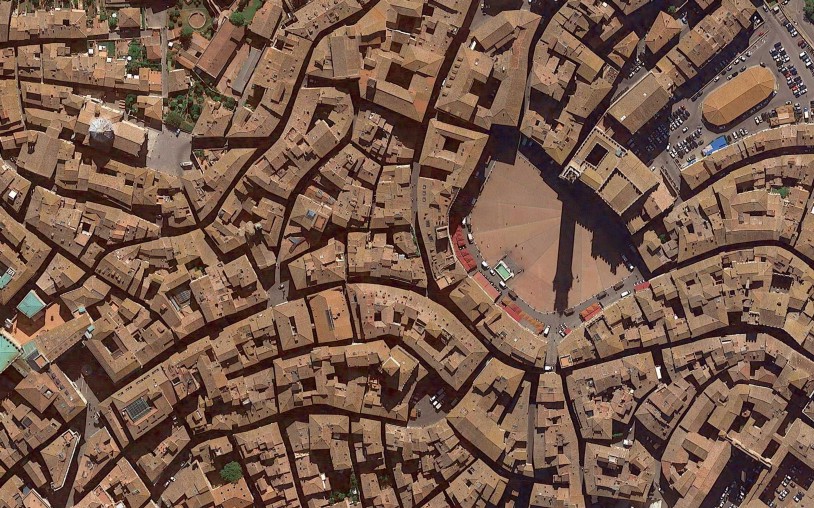
Siena. Rethinking the city as a network has deep resonance, revelatory power and a far-reaching problem-solving capacity; Image by Piazza del Campo, Siena
[1] 2018 Revision of World Urbanization Prospects, UN Department of Economic and Social Affairs (UN DESA)
[2] Cardiovascular disease burden from ambient air pollution in Europe, European Heart Journal, Volume 40, Issue 20, 21 May 2019
[3] Unparking, MIT Senseable Cities
[4] Manuel Castells, Space of flows, space of places, ibid.
[5] Jaime Lerner (2014), Urban Acupuncture
[6] Manuel Castells, Space of flows, space of places, ibid.
[7] Charles Landry (2000), The Creative City: A Toolkit for Urban Innovators
[8] Manuel Castells, Space of flows, space of places, ibid.

PHILIP CLARKE RIBA Dip.Arch MA
Head of Digital Placemaking at The Oval Partnership Ltd
Philip Clarke’s architectural career took off in London where he worked for Sir Norman Foster in 1991. He joined Foster Asia and moved to Hong Kong to form apart of the site-based fit-out team for Foster’s Hong Kong International Airport project. He later returned to London and worked for a number of prestigious architectural firms including Eric Parry and John McAslan and Partners.
In 2013, he relocated to Asia, settling in Shanghai. He was the lead architect and senior designer on a number of prominent projects won through competitions. Since returning to Hong Kong, he has been working as a senior design lead operating across all design stages.
Currently, Philip is Project Director for Digital Placemaking at the Oval Partnership. He is passionate about cities and public space. As digital placemaking project director, he applies his critical mindset and forward thinking to big data analysis, and by further integrating this with different projects, he therefore delivers additional value to benefit both client and end users.
On the surface, the Oval Partnership is an urban planning, retail planning, architecture and interior design firm. Scratching the surface, it is a team of forward-thinking, keen researchers of people, community, sustainability and story-telling. At Oval, people-centric placemaking has been championed for over 25 years, and is known for the successful open-air retail developments such as Beijing Sanlitun and Taikoo Li Chengdu.

 Malaysia
Malaysia Singapore
Singapore Indonesia
Indonesia Tiếng Việt
Tiếng Việt ประเทศไทย
ประเทศไทย







